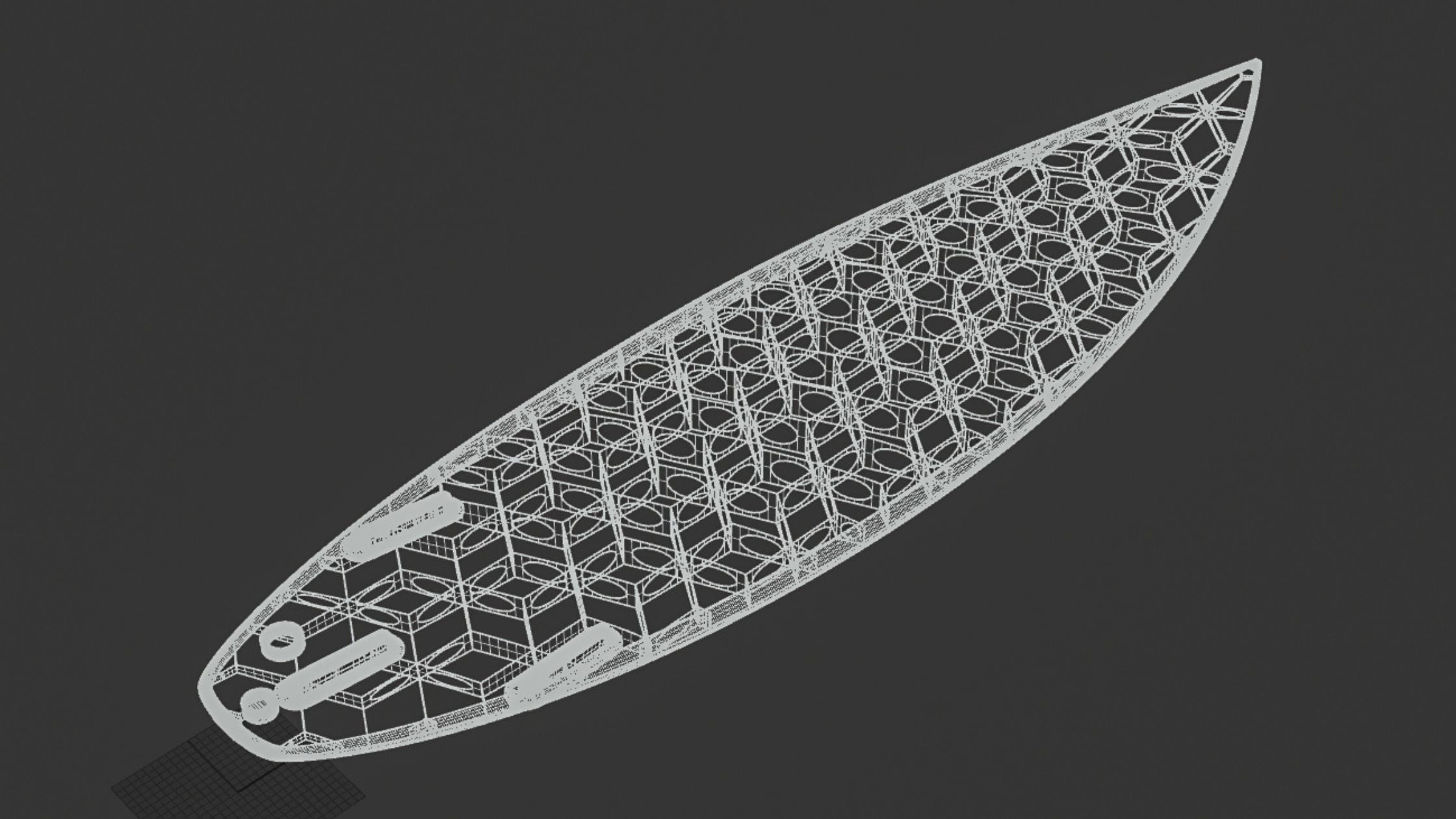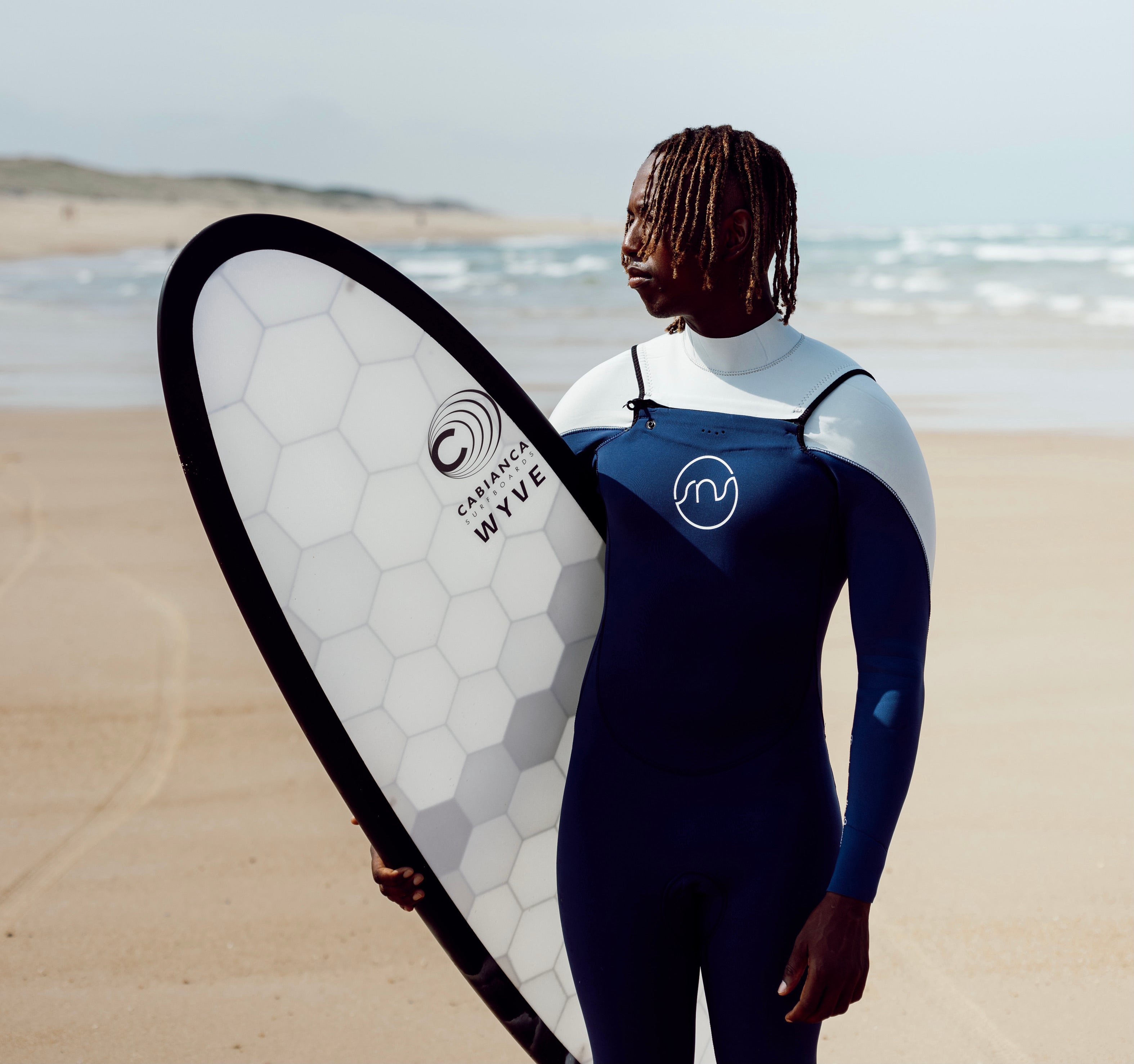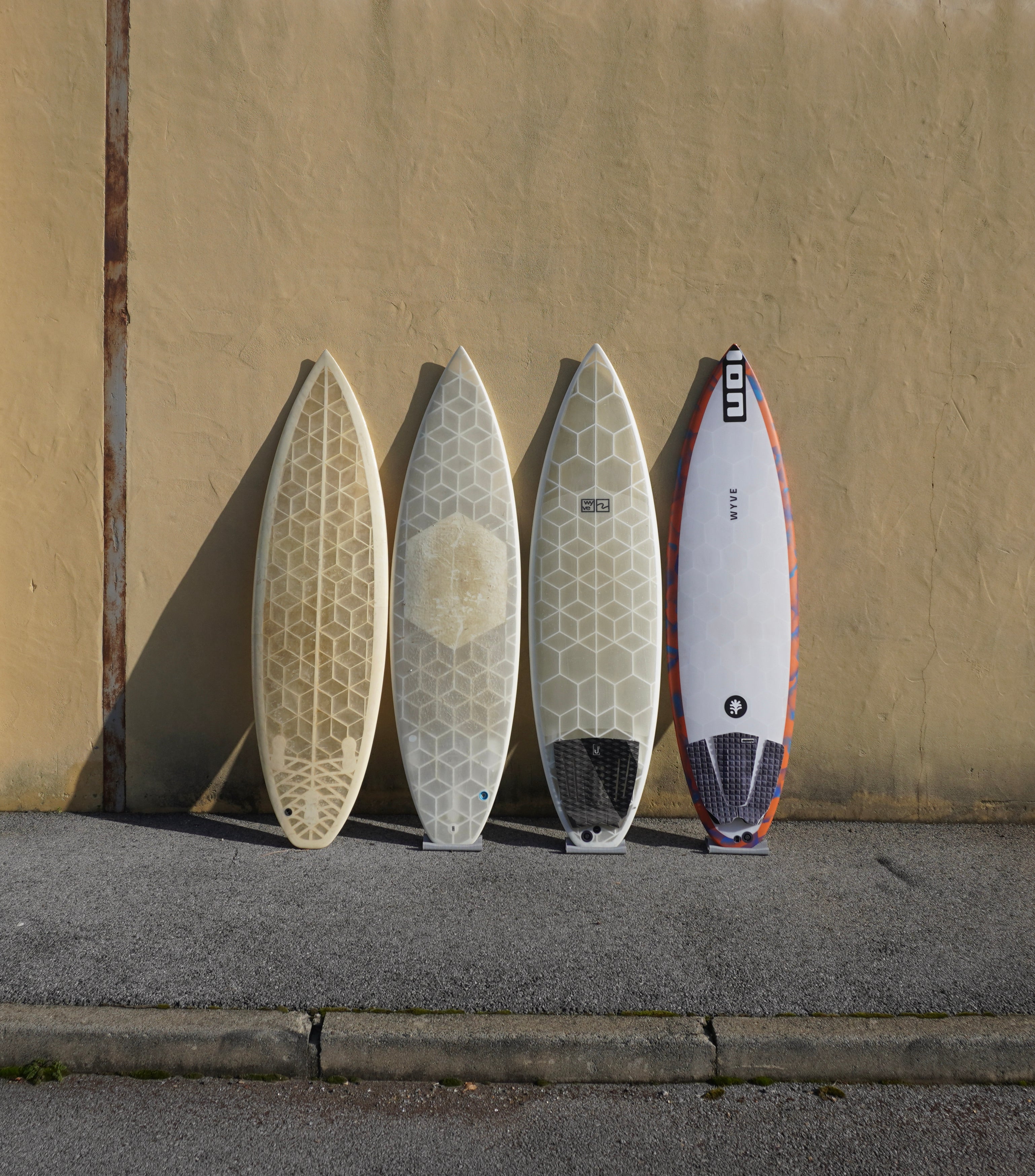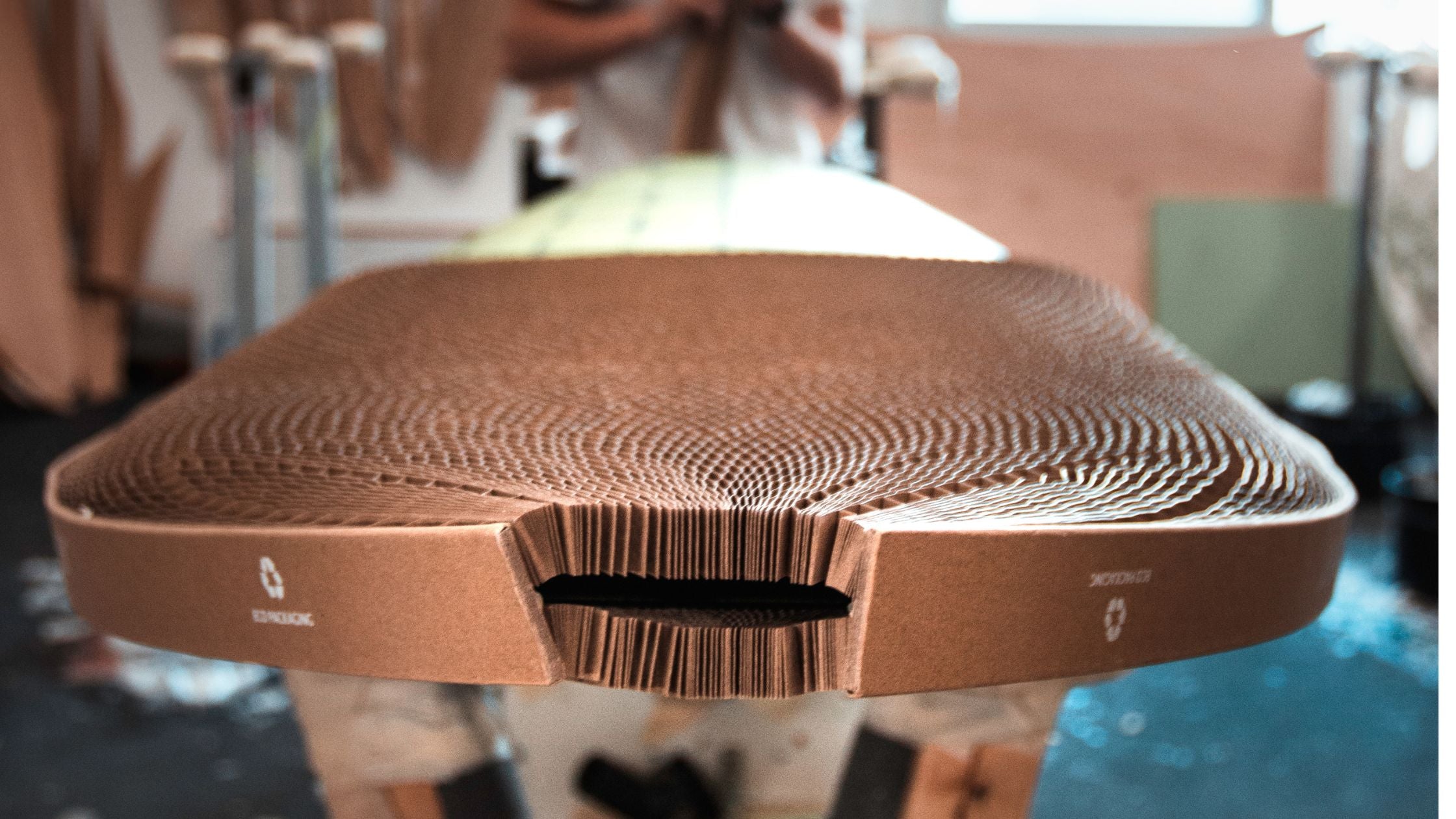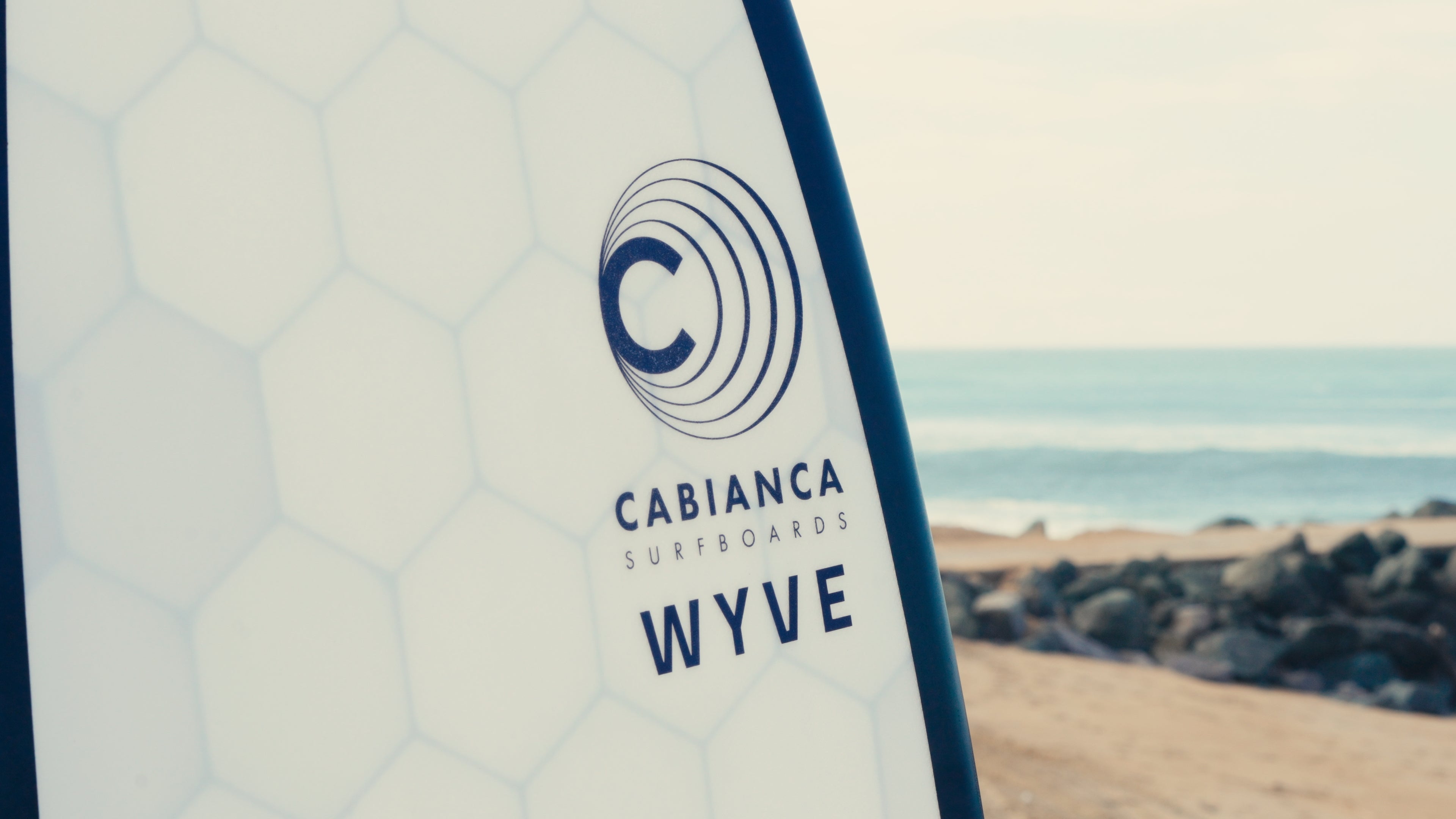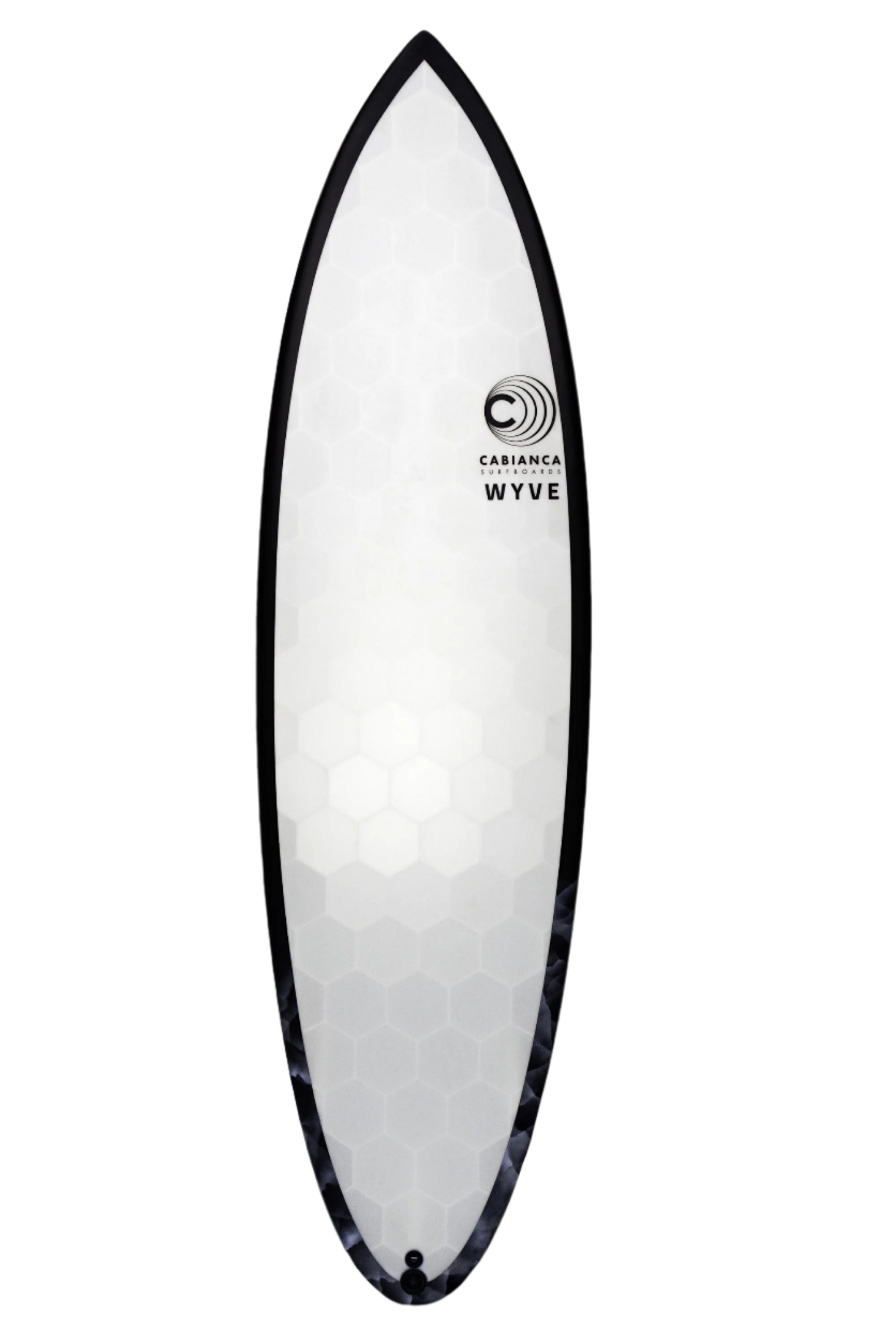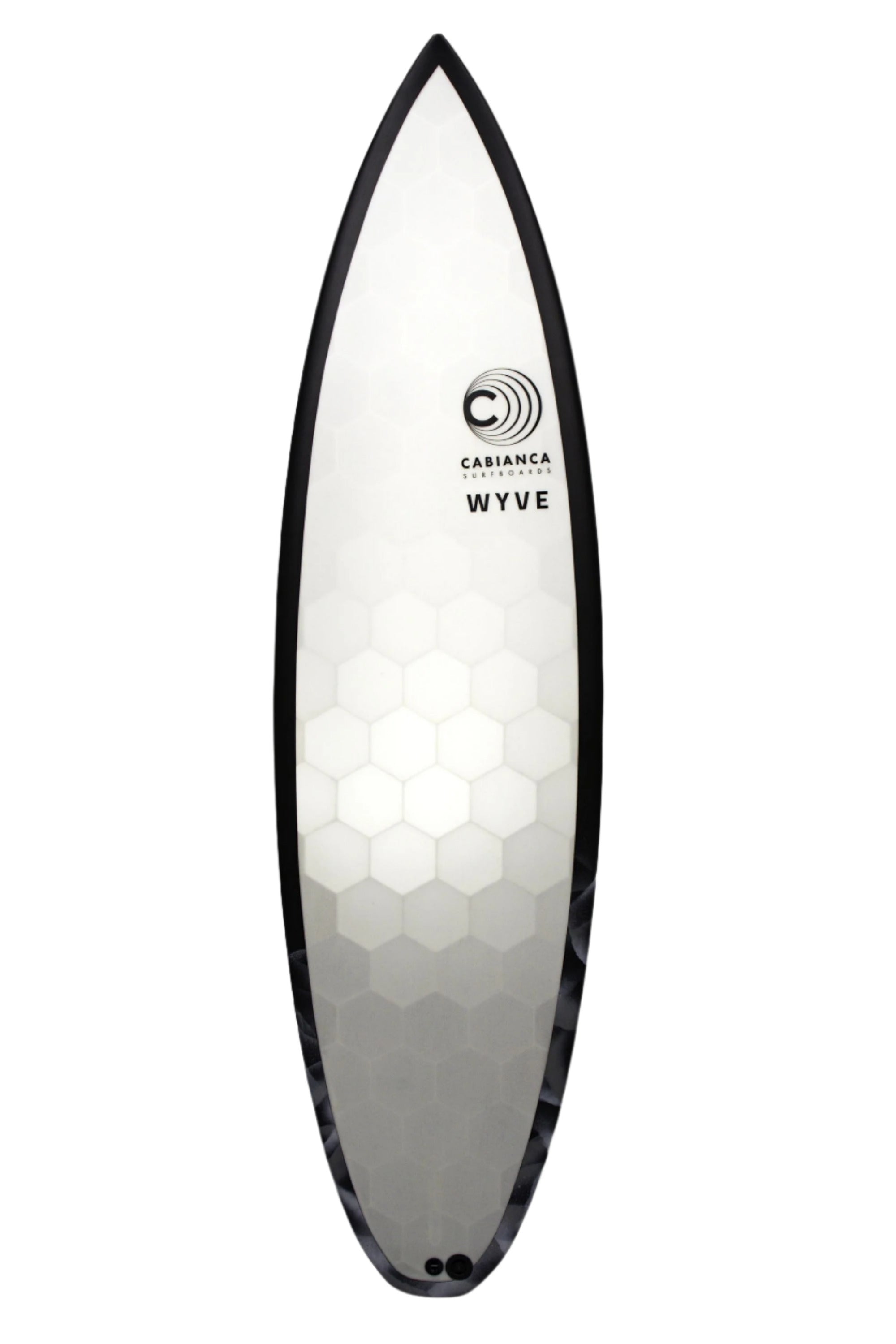Unraveling the Surfboard Volume Enigma: Striking the Balance for Unleashed Surfing
The world of surfing is a captivating blend of artistry and athleticism, where grace and power meet in the heart of the waves. However, this harmony can be disrupted by an often-overlooked factor: surfboard volume. While extra volume can provide buoyancy and ease of paddling, it can also hinder maneuverability, control, and ultimately, your progression as a surfer.
Striking the right balance between paddle power and performance is key to unlocking the true potential of your surfing experience.

The Perils of Excess: Understanding the Downsides of Oversized Surfboards
The allure of a larger board, often perceived as a shortcut to catching more waves, can be deceiving. While extra foam may make paddling easier, it comes at the cost of performance. An oversized board becomes a burden when it comes to executing maneuvers, especially in powerful waves.
Riding the Rail: How Excessive Volume Hinders Maneuverability and Control
Imagine attempting a tight turn or a graceful cutback with an oversized surfboard. The extra volume, acting like an inflatable cushion, prevents the board from sinking deeply into the wave's pocket, making it difficult to set an aggressive rail. This hinders your ability to attack the wave with precision and control.

Unleashing Speed and Flow: Overcoming the Limitations of an Oversized Board
Speed is the lifeblood of fluid surfing, allowing for seamless transitions between maneuvers. However, excessive volume acts as an anchor, dragging you down and disrupting the flow. The board becomes sluggish and unresponsive, making it challenging to maintain speed down the line and link moves smoothly.
Taming the Waves: Why Extra Volume May Not Be Your Ally in Powerful Conditions
In the face of powerful, hollow waves, extra volume becomes a liability. The foam, instead of providing stability, becomes a hindrance, tossing you over the falls rather than allowing you to dive under the lip and control the board.
Unveiling the Illusion of Progress: How Excess Volume Can Mask Technique Flaws
While the allure of a larger board may seem like an easy path to improvement, it can mask underlying technique flaws. The excess foam, providing unnecessary buoyancy, allows for sloppy surfing habits to go unnoticed, hindering your development as a surfer.

Striking the Perfect Chord: Achieving Harmony Between Paddle Power and Performance
The key to unlocking the true potential of your surfing lies in finding the sweet spot – the ideal volume that balances paddle power with performance.
Use surfboard volume calculators as a starting point to find your ideal range, then demo boards to refine your choice.
Conclusion
Surfboard volume is not a one-size-fits-all equation. It's a delicate balance that depends on your weight, height, skill level, and the waves you typically encounter. Don't fall into the trap of simply sizing up without considering the performance implications. Instead, embark on a journey of experimentation and discovery to find the board that truly resonates with your surfing style and allows you to unleash your full potential on the waves.
For a more in-depth exploration of surfboard volume and its impact on performance, check out Wyve Surf's informative blog post: Understanding the Role of Volume in a Surfboard:

FAQ
How does too much volume impact surfboard maneuverability?
Excessive volume makes it harder to transition between turns and reduces agility, as there is more board to maneuver. The board feels slower and less responsive.
Why doesn't extra volume help in powerful waves?
The excess foam prevents the board from settling deeply into the wave's pocket and causes it to bounce across the surface instead of diving. This reduces control.
Can too much volume hide flaws in your surfing technique?
Yes, the excess foam can mask deficiencies in technique by making it less punishing. This creates an illusion of progress when skills may actually be stagnating.






